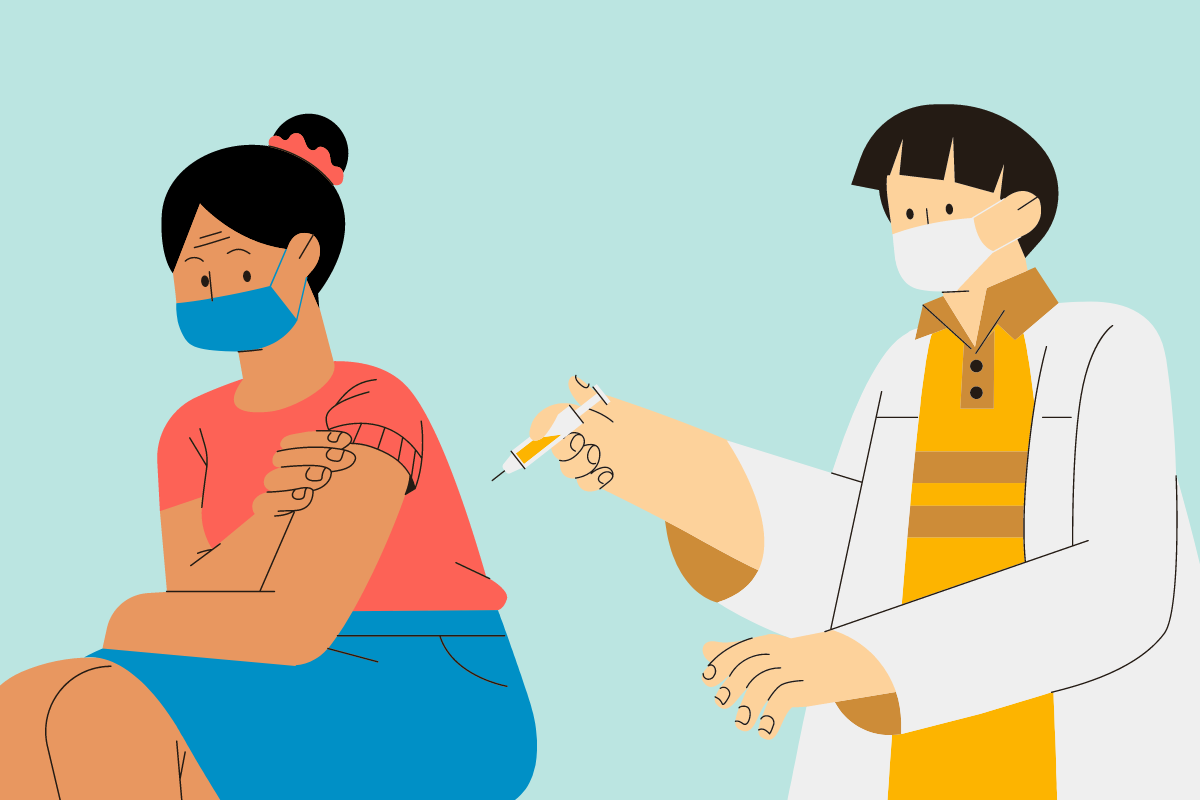
The time between October and March is known as flu season because the viruses that cause influenza (and other types of flu) are more prevalent and more easily spread during the fall and winter months. Influenza virus activity starts increasing in October and spikes between December and February. That means it’s time to start considering how you’ll protect yourself—and the people around you—this flu season.
As with other viruses, you can reduce the chance of getting sick by regularly washing your hands and limiting contact with sick people. But influenza is different from other viruses because it can be potentially life-threatening. During the 2021-2022 flu season, influenza contributed to well over 100,000 hospitalizations in the US.
The Centers for Disease Control (CDC) strongly recommends an annual flu vaccine for everyone six months of age and older as the best way to keep yourself and others healthy during flu season.
- The injectable form of the influenza vaccine contains what’s called an inactivated virus. Although viruses cannot live, these may also be referred to as “dead” or “killed” viruses because they are non-infectious.
- Another type of flu vaccine, which usually comes in the form of a nasal spray, contains an attenuated virus. This means it is capable of stimulating an immune response but does not cause illness.
- For the 2022-23 flu season, the CDC has a new recommendation for adults 65 years of age and older, recommending a few specific vaccine preparations that have a higher potency.
When to Get Vaccinated
It can take up to two weeks after receiving the vaccine for your body to fully develop an immune defense against influenza. This time window can explain why some people may still catch the flu shortly after getting vaccinated. It’s not that the vaccine gave them the flu, but rather their immune system simply did not have enough time to develop protection after they encountered the flu virus.
What are the side effects?
Flu vaccines have a great safety record. Hundreds of millions of Americans have safely received the vaccine over the past half-century. The most common side effects from the shot are soreness, swelling and redness at the injection site. The most common side effects of the nasal spray are runny nose, headache, sore throat and cough.
Some people, especially those getting their first flu shot, report mild fever, headache, and other mild flu-like symptoms. These reactions start about 6 to 12 hours after vaccination and last a day or two. This side effect, though uncomfortable, should not be confused with the actual flu, which is much more serious.
Rarely, more serious reactions can occur. Medical personnel administering vaccines routinely have medications for handling serious allergic reactions.
For complete information on the 2022-23 vaccines, check out these resources:
Continue reading August 2022 Newsletter: Building a Balanced Lunchbox
